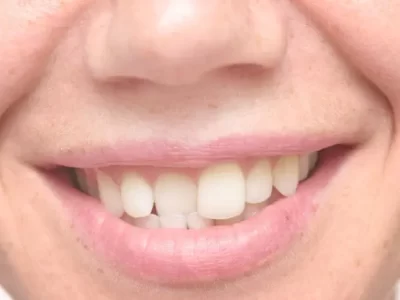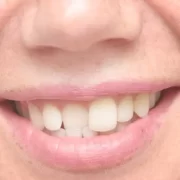The periodontium is an essential part of the oral cavity that provides support and anchorage to your tooth. It comprises the gingiva (gums), cementum, periodontal ligament (PDL), and the alveolar bone. They all coexist in harmony to maintain a proper oral form, function, and aesthetics. Periodontal disease is any damage to the periodontium, negatively impacting the integrity of your teeth.
South Reno dentist office is committed to providing comprehensive care to patients suffering from periodontal disease, thereby restoring the vitality of your oral cavity.
What is periodontal disease?
Periodontal (gum) disease is an infection and inflammation of the tissues that hold your teeth in place. It initially begins as damage to the gingival tissues and may eventually progress if left untreated. The disease may spread to the underlying structures like the jawbone, causing loss of attachment and tooth mobility. Periodontal disease is considered the leading cause of tooth loss globally.
What causes periodontal disease?
Dental plaque when not removed by proper brushing and flossing can harden over a period of time. This can pave the way for increased bacterial infiltration that releases harmful toxins and acids that erode the supporting tissues. Risk factors like hereditary, smoking, stress, diabetes, and hormonal changes can increase your likelihood of developing periodontal disease.
How is periodontal disease clinically manifested?
Symptoms of periodontal disease can affect various areas of the mouth:
- Gums
- Reddish or purple in color
- Swollen and tender gums
- Presence of gingival pockets
- Gum recession
- Teeth
- Increased sensitivity
- Loose teeth
- Malocclusion
- Pain while chewing
- Others
- Persistent bad breath
How can you diagnose periodontal disease?
Periodontal disease can be accurately diagnosed through the following:
- Recording the medical history to evaluate the risk factors.
- Dental examination to evaluate your gums and teeth for warning signs, especially measuring the depth of the gingival pockets.
- Dental X-rays to assess the amount of bone loss.
How is periodontal disease treated?
Treatment for periodontal disease depends on the stage and symptoms being suffered.
Treatment options include:
- Mild symptoms
- Professional dental cleaning
- Antimicrobial mouthwash
- Moderate symptoms
- Oral antibiotics
- Topical gels
- Pocket irrigation
- PRP (platelet-rich plasma) therapy
- Severe symptoms
- Tissue regeneration
- Flap surgery (pocket reduction surgery)
- Gum grafting
- Bone grafting
- Tooth replacement through dentures, bridges, or dental implants
Bottom line
Periodontal disease is a common dental problem affecting millions globally. But it can be debilitating if not treated on time. Seek dental care when you notice warning signs like swollen, bleeding, and tender gums.
Early detection and treatment can save your teeth from further damage and restore your oral form, function, and aesthetics.













